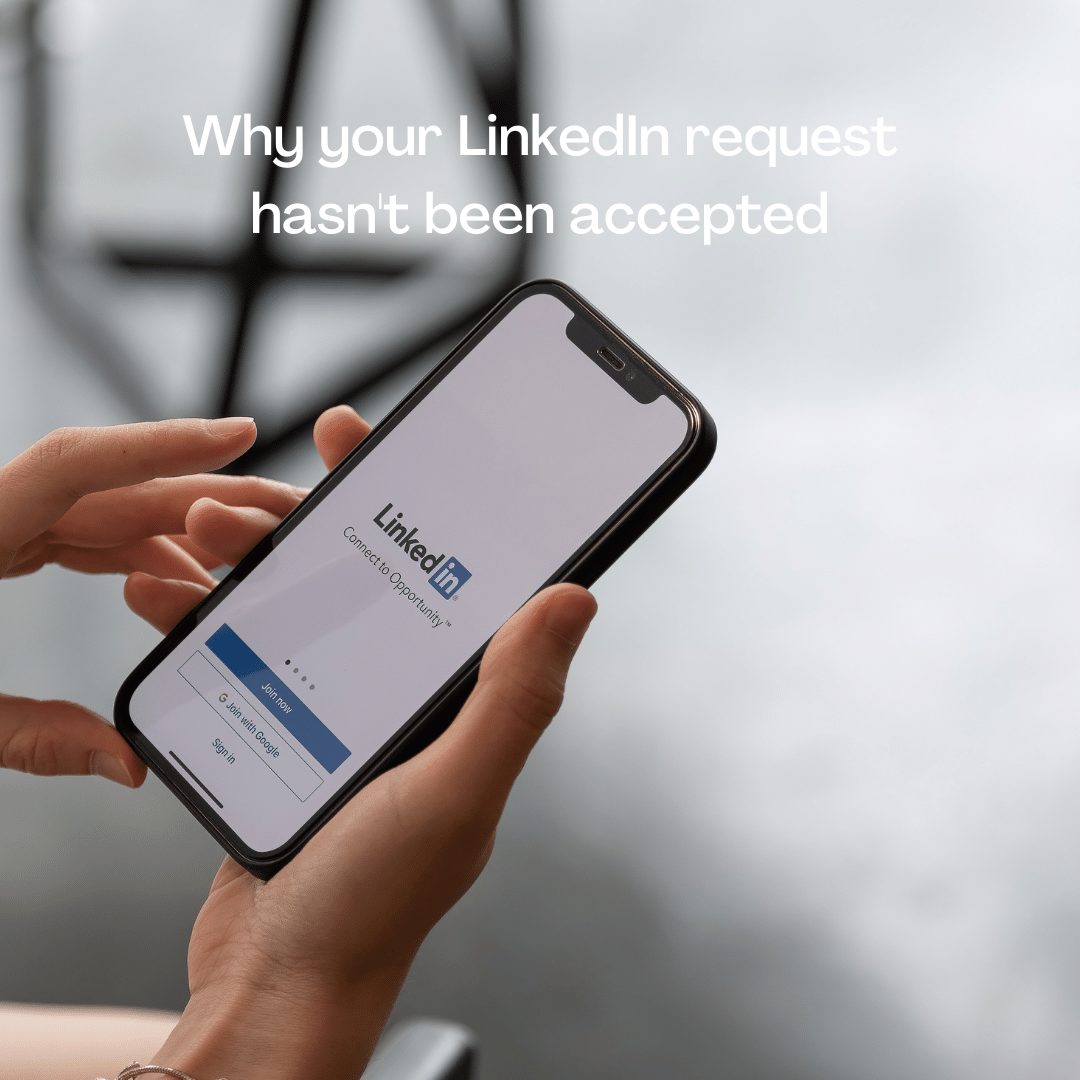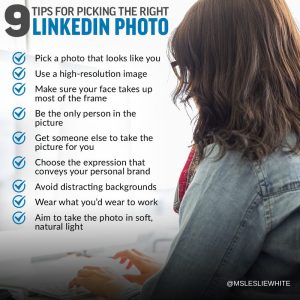People have different approaches and philosophies when it comes to whom they connect with on LinkedIn. Some treat it like a typical social network like Twitter, where you can follow just about anyone. Others view it as an exclusive club, only keeping connections with people they have worked with and know personally.
Recently, the CEO of my firm shared with me his thinking on how he manages his LinkedIn connections. I was pleasantly surprised to discover that his criteria weren’t much different from my own. If this kind of approach works well for a global business leader, as well for an entrepreneurial spirited marketer like me, chances are, it can give you insight into why some of your LinkedIn requests are still pending.
So, without further ado, here are some of the primary reasons why your LinkedIn connection requests go unaccepted:
1. The person that you’re connecting with isn’t active on LinkedIn.
They may have set up their LinkedIn as an afterthought and haven’t gotten to filling it out yet and being active. Or they may be simply busy with other projects, especially if they’re a senior professional. So, don’t take it personally! In this case, try giving them a slight nudge via email or in conversation.
2. Your profile is woefully incomplete.
You haven’t filled it out sufficiently, so there’s no way of knowing who you are and what your expertise is. Try to provide as much detail as possible on your LinkedIn profile: work experience, educational background, personal headline, summary, etc. The more complete your profile is, the better.
3. Your LinkedIn profile doesn’t have a photo.
Or maybe your profile is configured to only show your picture to connections. LinkedIn research suggests that having a picture makes your profile a whopping 14x more likely to be viewed. If a person can’t put a face to your name, they’re least likely to accept your request. If your profile lacks a recent, professional photo, here are some tips for picking the right profile picture.
4. You have a photo, but it looks unprofessional.
Does your photo reflect your personal brand? If not, you might come across as a potentially risky connection without intending to. Showing personality and being authentic is key on social media, but pictures of yourself doing funny poses or wearing wacky outfits are best-suited for Facebook and Instagram.
5. You come across too playful in your profile.
Being humorous and fun is great in real life, but in a professional environment like LinkedIn, the humor could get lost on a lot of people. Keep the puns and jokes to a minimum, or better yet, just don’t use them at all on your profile.
6. You’re trying to connect with total strangers.
It’s OK to invite users to your network that you don’t personally know, but try to personalize your request by mentioning a mutual connection (someone you actually know) or shared interests, groups, and other commonalities. This way, you’ll be able to show that a professional association on LinkedIn will be mutually beneficial.
Some people even have a message on their profile that lets unfamiliar requestors know the best approach for connecting with them. It’s best to follow through with the person’s request so that you can show that you did, in fact, read their profile.
No alt text provided for this image
Lastly, try to consider whether you really want to connect with a person, or if you’re just interested in their work and the content that they put out. If it’s the latter, then you can opt to “follow” them instead of making a connection. You can still see their content as they are released, but they won’t receive a request.
How do others consider which LinkedIn connections to accept or reject? I’d love to hear your thoughts in the comments.

